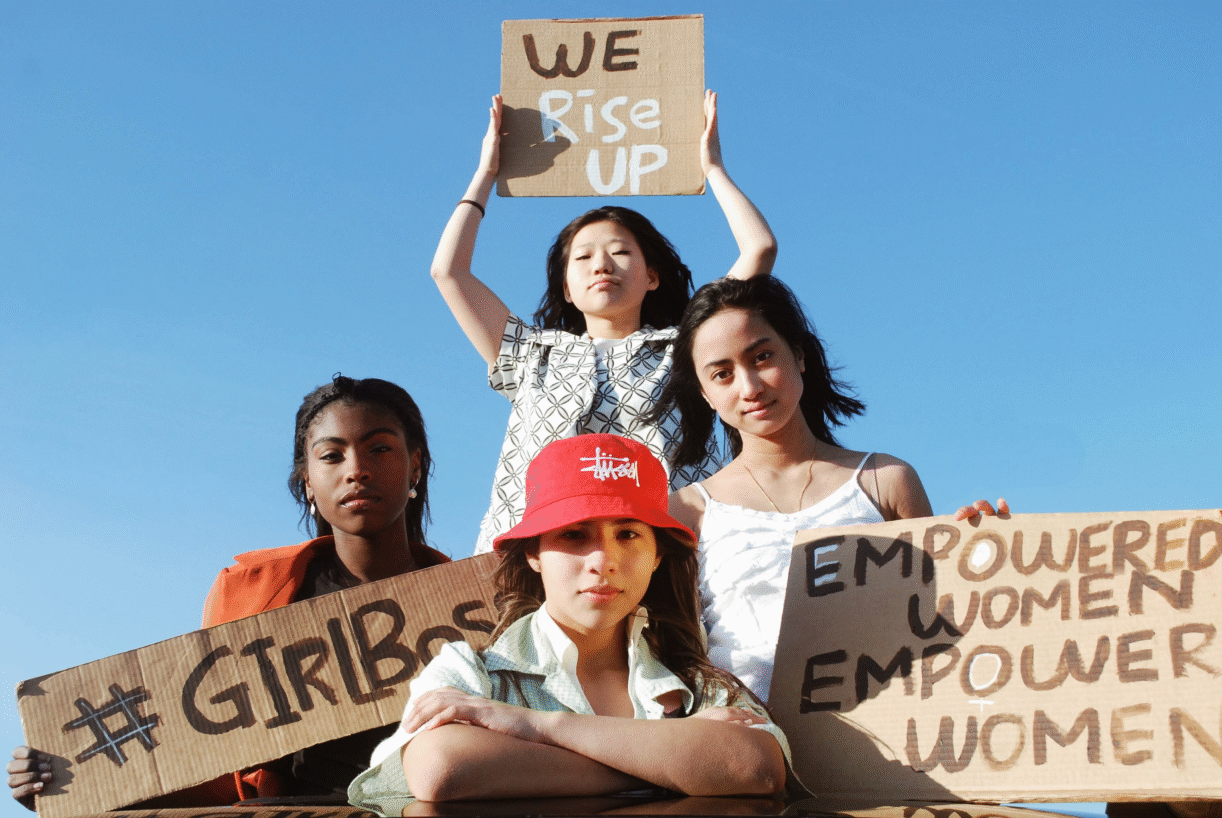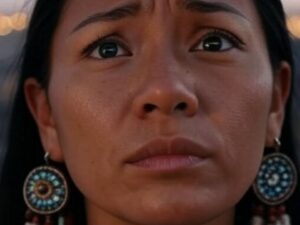Feminism, as a social and political movement, has been instrumental in advocating for gender equality and challenging the patriarchal norms that have perpetuated discrimination and oppression against women. However, within the feminist movement, there are diverse perspectives and debates that shape its discourse and goals. One such perspective that has gained prominence in recent years is intersectionality. In this article, we will explore the concept of intersectionality and its importance in the context of feminism.
Table of Contents

Sparnod Fitness STH‑3002 Home Walking Pad Treadmill
Ultra‑slim, compact, and ready to use—no assembly needed. 2.5 HP motor, 1‑6 km/h speed, 2‑level incline, shock absorption, LED display, rolls under bed.
👉 View on AmazonUnderstanding Feminism
Feminism, at its core, is the belief in the social, political, and economic equality of the sexes. It seeks to challenge and dismantle the systemic barriers and prejudices that have marginalized women throughout history. Feminists advocate for women’s rights on various fronts, including reproductive rights, equal pay, and an end to gender-based violence.
However, it is essential to recognize that feminism is not a monolithic movement with a single perspective. There are different branches of feminism, each with its own set of beliefs and priorities. Some prominent branches include liberal feminism, radical feminism, and socialist feminism. These branches often diverge in their approaches and strategies for achieving gender equality.

Sparnod Fitness STH‑3002 Home Walking Pad Treadmill
Ultra‑slim, compact, and ready to use—no assembly needed. 2.5 HP motor, 1‑6 km/h speed, 2‑level incline, shock absorption, LED display, rolls under bed.
👉 View on AmazonDebating Perspectives within Feminism
One of the ongoing debates within feminism revolves around the question of inclusivity and intersectionality. While all feminists share the goal of gender equality, there are disagreements about how to address the intersecting forms of oppression that affect different groups of women.
Liberal Feminism
Liberal feminism, often associated with the first wave of feminism, focuses on achieving equality for women within the existing social and political systems. It emphasizes legal reforms, equal opportunities, and individual empowerment. Liberal feminists argue that gender equality can be achieved through legislative changes and dismantling discriminatory practices.
However, critics of liberal feminism argue that it fails to address the structural and systemic factors that perpetuate gender inequality. They contend that liberal feminism’s focus on individual rights and opportunities overlooks the ways in which race, class, sexuality, and other intersecting identities shape women’s experiences of oppression.

Sparnod Fitness STH‑3002 Home Walking Pad Treadmill
Ultra‑slim, compact, and ready to use—no assembly needed. 2.5 HP motor, 1‑6 km/h speed, 2‑level incline, shock absorption, LED display, rolls under bed.
👉 View on AmazonRadical Feminism
Radical feminism, emerging in the second wave of feminism, seeks to challenge and dismantle the patriarchal system at its roots. It argues that gender inequality is deeply entrenched in society and cannot be resolved through incremental reforms alone. Radical feminists often advocate for a complete restructuring of social and economic systems to eliminate gender-based oppression.
While radical feminism has been influential in highlighting the structural nature of gender inequality, it has also faced criticism for its essentialist views on gender and exclusionary tendencies. Some argue that radical feminism’s focus on women’s experiences can overlook the experiences of transgender women and women from diverse cultural backgrounds.
Socialist Feminism
Socialist feminism, combining feminist and socialist ideologies, seeks to address the intersections of gender and class oppression. It argues that gender inequality is intrinsically linked to capitalism and the exploitation of labor. Socialist feminists advocate for economic justice, equal pay, and social welfare policies that benefit all women.
While socialist feminism highlights the economic dimensions of gender inequality, it has been criticized for its limited attention to other forms of oppression, such as racism and homophobia. Critics argue that socialist feminism’s focus on class can overshadow the experiences of women who face multiple forms of discrimination.
The Rise of Intersectionality
Intersectionality, coined by legal scholar Kimberlé Crenshaw in the late 1980s, is a framework that recognizes how different forms of oppression, such as racism, sexism, classism, and ableism, intersect and mutually reinforce each other. It acknowledges that individuals can experience multiple forms of discrimination simultaneously, resulting in unique and compounded forms of oppression.
Intersectionality challenges the notion that gender inequality can be understood or addressed in isolation from other social categories. It emphasizes the importance of recognizing and addressing the interconnected nature of various forms of oppression to achieve true gender equality.
The Importance of Intersectionality in Feminism
Intersectionality is crucial in the context of feminism for several reasons:
Inclusivity
By recognizing the intersecting forms of oppression that women face, intersectionality ensures that feminism is inclusive and does not dismiss or marginalize the experiences of women from diverse backgrounds. It acknowledges that women’s experiences of discrimination are shaped by multiple factors, such as race, class, sexuality, and disability, and that these factors cannot be separated from one another.
Complexity of Power Relations
Intersectionality highlights the complex power dynamics that operate in society. It recognizes that privilege and oppression are not binary, but exist on a spectrum. For example, a white woman may experience gender-based discrimination but also benefits from white privilege. Intersectionality encourages feminists to critically examine their own privileges and biases, fostering a more nuanced understanding of power structures.
Effective Advocacy
By understanding the intersections of different forms of oppression, feminists can develop more effective strategies for advocacy and social change. Intersectionality encourages collaboration and coalition-building across different social justice movements, recognizing that various forms of discrimination are interconnected. This approach strengthens the feminist movement and enables it to address the diverse needs and experiences of women.
Policy and Legal Reforms
Intersectionality has influenced policy and legal reforms by highlighting the need for more comprehensive and inclusive approaches to gender equality. It has led to the recognition of the unique challenges faced by marginalized groups of women and the development of targeted interventions to address their specific needs.
Conclusion
Debating different perspectives within the feminist movement is essential for its growth and evolution. Intersectionality, as a framework, has enriched feminist discourse by recognizing the interconnected nature of various forms of oppression. It ensures that feminism is inclusive, complex, and effective in its pursuit of gender equality. By embracing intersectionality, feminists can work towards a more just and equitable world for all women.







































